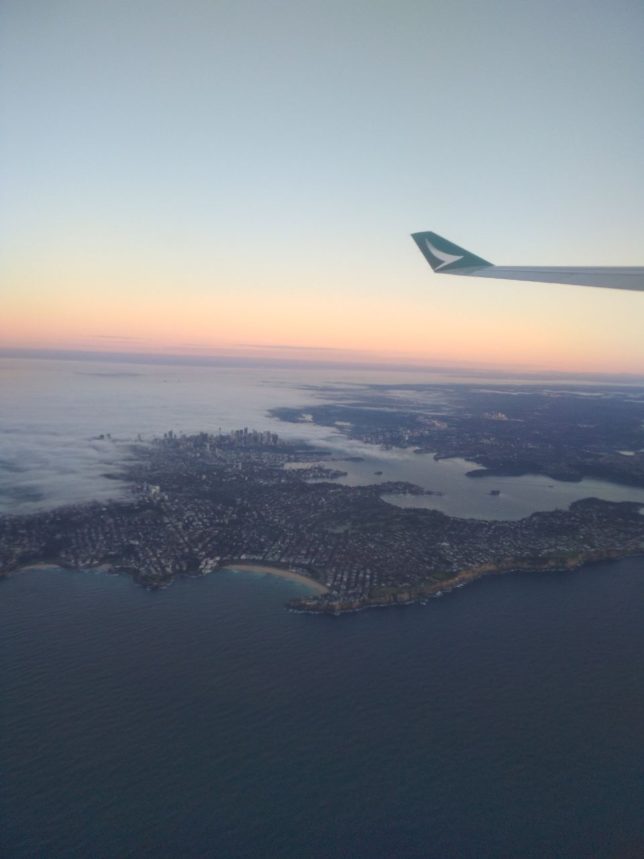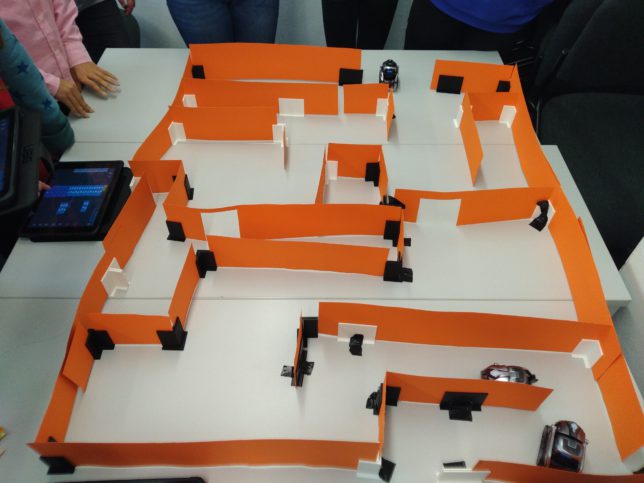It’s still a quiet autumn in Sydney, but this will soon come to an end: It is RoboCup again and for the second time in the history of RoboCup it will take place in Australia. This time in the Sydney Convention and Exhibition Centre to be precise. Just about 10 minutes walking distance away we set up our base camp. But back to the beginning and the 34 respectively 40 hours of journey that stood between the departure in Hamburg and our arrival in Sydney. Due to organizational issues two team members, Jan and Finn, already left at 10 am on June 28th. The others’ (Florian, Jonas, Niklas, Timon, Jasper, Judith, Marc, Tanja and Sebastian) journey towards London began only at 16:45. After being reunited in Hong Kong the arrival in Sydney was scheduled for 06:45 AEST (Australian Eastern Standard Time). However, dense fog forced the plane to make a refueling stop in Brisbane before everyone could enter Australian ground at 11:05 AEST.

At least we had time to watch the beautiful sunrise from the airplane.


Maike met the team after a slightly shorter trip, which took only 15 hours from Los Angeles.
Thanks to the delay we could check in to our first apartment right away. Since we are 11 team members plus Maike as a member of the Executive Committee and Jessica as a member of the Organization Committee, one apartment is not enough anymore. Thus, we rented an additional small house that now serves as our base camp. Before we could move into the base camp, we first went to lunch together.

Of course we are not in Australia every day, so while most of the team had a quiet evening and went to bed early, Jan, Jonas and Sebastian went on a small hike to the Sydney opera. They even got to see fireworks!


After a joint breakfast in our base camp this morning, we are now assembling our robots and are getting the software ready for the competition. The day after tomorrow we will then be able to set up in the competition hall for the first time.






